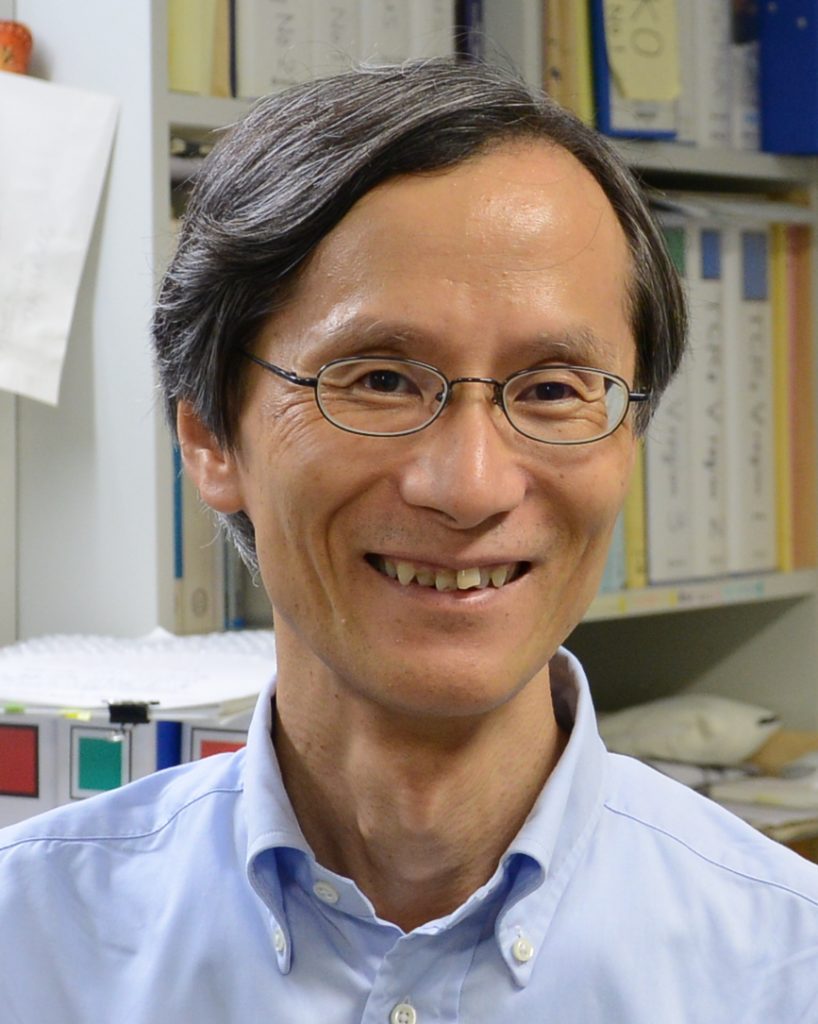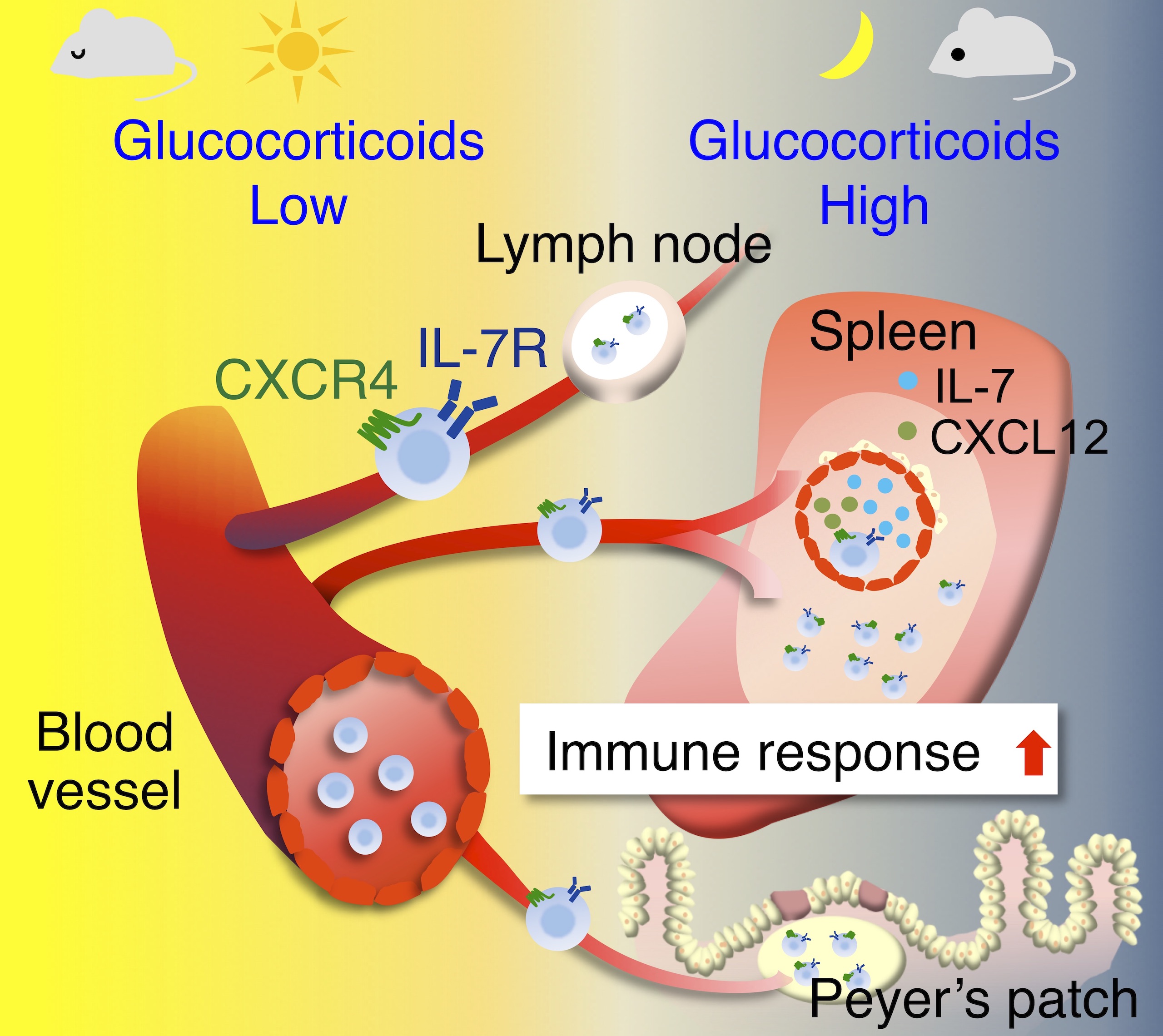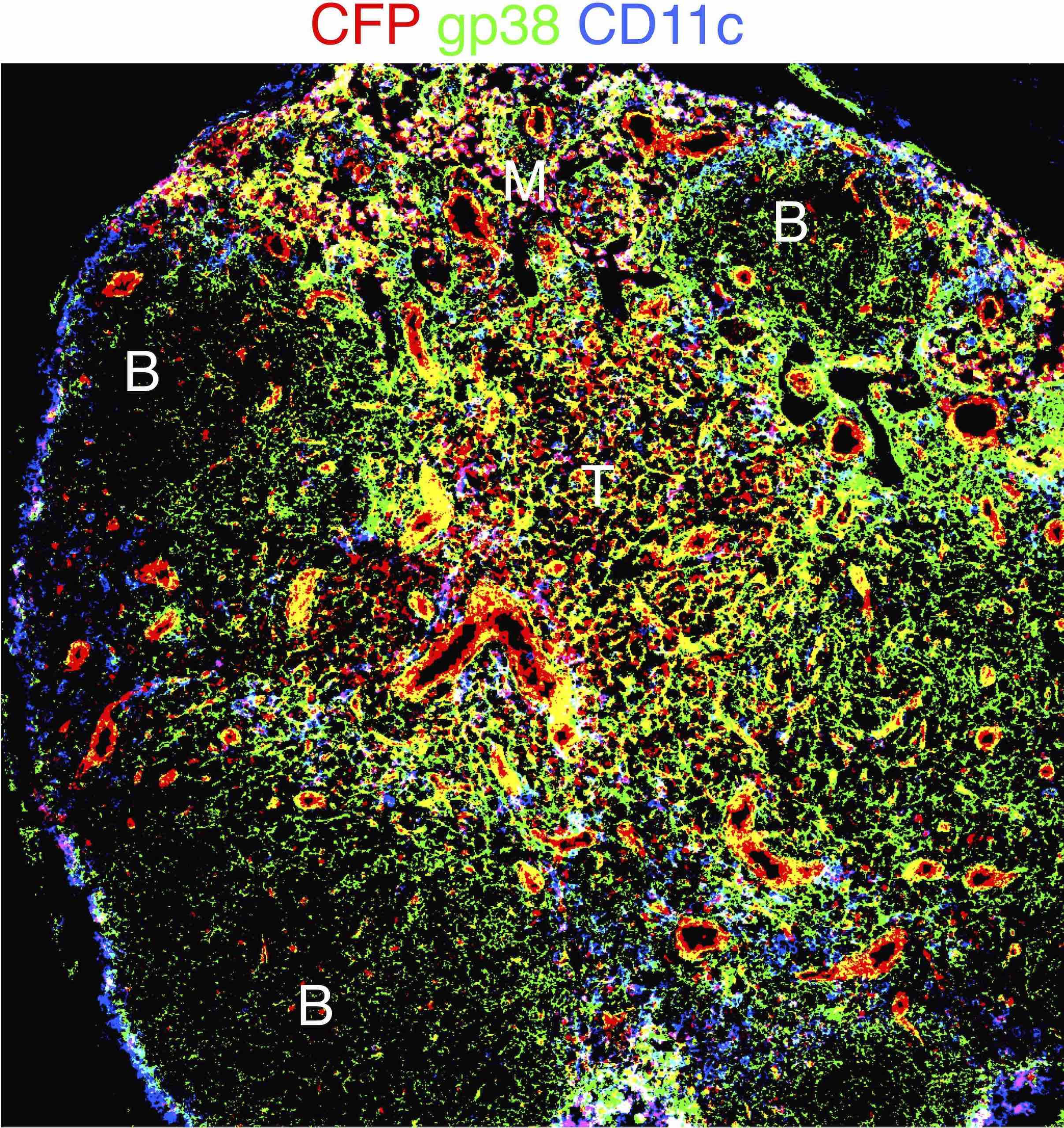
M.D., Ph.D. Professor Koichi Ikuta
The immune system has acquired sophisticated control mechanisms as a result of evolution through the war between host and microorganism. Cytokines are the molecules important for the immune system. Our laboratory aims to elucidate control mechanisms on development and response of the immune system by cytokines. We welcome young students with much enthusiasm and interest in immunology.
Research and Education
nterleukin-7 (IL-7) is a cytokine important for differentiation and maintenance of lymphocytes. Focusing on IL-7 and IL-7 receptor (IL-7R), our laboratory is now pursuing the following research projects.
- Function of IL-7R in differentiation, maturation, and response of immune cells: IL-7 is involved in regulation of T lymphocyte response. We are analyzing this process in relation with T cell metabolism.
- Regulation of IL-7R expression: Expression of the IL-7R is strictly regulated during developmental stages of lymphocytes. We reveal that glucocorticoids, with strong immunosuppressive effects, controversially induce diurnal changes of IL-7R expression and redistribution of T lymphocytes and enhance immune response. We are investigating the crosstalk between the immune and endocrine systems and the circadian rhythm and sex difference of the immune system (Figure 1A).
- Visualization and function of IL-7- and IL-15-producing stromal cells: In addition to lymphocytes, lymphoid tissues contain stromal cells that form the microenvironment supporting development and response of lymphocytes. We elucidate the immune microenvironment by analyzing cytokine-producing stromal cells (Figure 1B). In our laboratory, every graduate student will participate in one of the projects and be trained to acquire the ability to plan, accomplish, and publish one’s work, with the knowledge and techniques on molecular biology and immunology.
 Figure 1. Immunoenhancing effects of glucocorticoids
Figure 1. Immunoenhancing effects of glucocorticoids
Glucocorticoids drive diurnal oscillations in T cell distribution and responses by inducing IL-7R and CXCR4.
 Figure 2. Detection of IL-15 (CFP)-expressing cells in lymph nodes of IL-15-CFP knock-in mouse
Figure 2. Detection of IL-15 (CFP)-expressing cells in lymph nodes of IL-15-CFP knock-in mouse
IL-15-expressing cells are mainly detected in T cell zone, medulla, and blood vessels.
Recent Publications
- Cui G, Shimba A, Ogawa T, Jin J, Miyachi H, Abe S, Tani-ichi S, Dijkstra JM, Kryukov K, Asahi T, Takami D, Zhu Y, Hara T, Kitano S, Xu Y, Miyata K, Kanaya T, Minato N, Imanishi T, Oike Y, Ohno H, Ohteki T, Kubo M, Holländer GA, Shiroguchi K, and Ikuta K. (2022) A circulating subset of iNKT cells mediates antitumor and antiviral immunity. Sci Immunol, 7: eabj8760, 2022.
- Cui G, Shimba A, Ma G, Takahara K, Tani-ichi S, Zhu Y, Asahi T, Abe A, Miyachi H, Kitano S, Hara T, Yasunaga J, Suwanai H, Yamada H, Matsuoka M, Ueki K, Yoshikai Y, and Ikuta K. (2020) IL-7R-dependent phosphatidylinositol 3-kinase competes with STAT5 signal to modulate T cell development and homeostasis. J Immunol, 204:844-857.
- Shimba A, Cui G, Tani-ichi S, Ogawa M, Abe S, Okazaki F, Kitano S, Miyachi H, Yamada H, Hara T, Yoshikai Y, Nagasawa T, Schütz G, and Ikuta K. (2018) Glucocorticoids drive diurnal oscillations in T cell distribution and responses by inducing interleukin-7 receptor and CXCR4. Immunity, 48:286-298.
- Cui G, Hara T, Simmons S, Wagatsuma K, Abe A, Miyachi H, Kitano S, Ishii M, Tani-ichi S, and Ikuta K. (2014) Characterization of the interleukin-15 niche in primary and secondary lymphoid organs in vivo. Proc Natl Acad Sci USA, 111:1915-1920.
- Tani-ichi S, Shimba A, Wagatsuma K, Miyachi H, Kitano S, Imai K, Hara T, and Ikuta K. (2013) The interleukin-7 receptor controls development and maturation of late stages of thymocyte subpopulations. Proc Natl Acad Sci USA, 110:612-617.
Laboratory
Professor: Koichi Ikuta
TEL +81-75-751-4012
FAX +81-75-751-4810
e-mail:ikuta.koichi.6c@kyoto-u.ac.jp
URL:https://www2.infront.kyoto-u.ac.jp/Ikuta-Lab/
